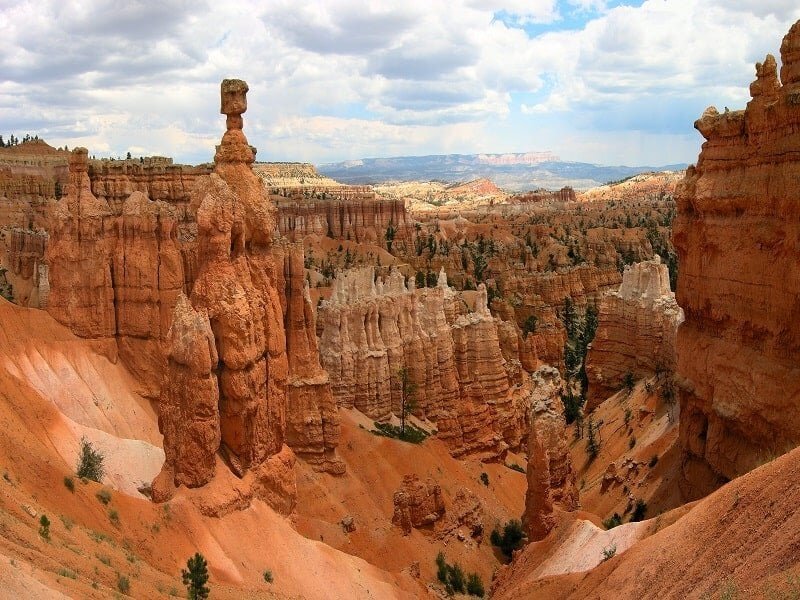Explore naturally-gorgeous rock formations in southernmost tip of Iran

TEHRAN – Darreh-ye Tandis-ha (“Valley of Statues”) is a picturesque sandstone rock formation rising on parts of Qeshm Island in the southernmost tip of Iran.
A heaven for eco-travelers, nature-lovers, and researchers, it is reminiscent of the perpetual thumping of the waves, storms, and raging winds in the Persian Gulf.
In some areas of the valley, numerous fossils may be found including fossils of bivalves, in some areas as colonies. Another interesting geological phenomenon in the valley is sedimentation forming muddy mud cracks, which has created beautiful and interesting landscapes.
The valley is part of those areas which have been once underneath the water, and when pulled up, it has been heavily eroded by sea waves among other factors. This type of erosion gets reduced gradually while moving more towards the “roof” of Qeshm, which has remained intact.
Here, locals wear traditional dress, live in houses cooled by badgirs (wind towers), and work in boat-building yards turning out lenges, the large wooden cargo boats that have criss-crossed the Persian Gulf for centuries. Furthermore, the island has an abundance of wildlife, including birds, reptiles, dolphins, and turtles.
During and after the rainfall, it is important to pay attention to muddy areas where sometimes the mud is very sticky and dangerous to walk on at this geo-site. The Island also embraces wide-ranging attractions such as the Hara marine forests and about 60 villages dotted mostly across its rocky coastlines.
With an area of 1,200 square km, it has an irregular outline and a generally rocky coast except for sandy bays and mudflats fringing the northwest. Irregular table-topped hills almost cover Qeshm; several are over 270 meters high and one, Kish Kuh, reaches 406 meters.
Such scenic landscapes can also be found in other parts of Iran, for instance in Shahdad, which is a major part of the UNESCO-registered Lut desert in southeastern Kerman province. Shahdad is home to massive sand pyramids created by wind and water.
AFM/
Leave a Comment